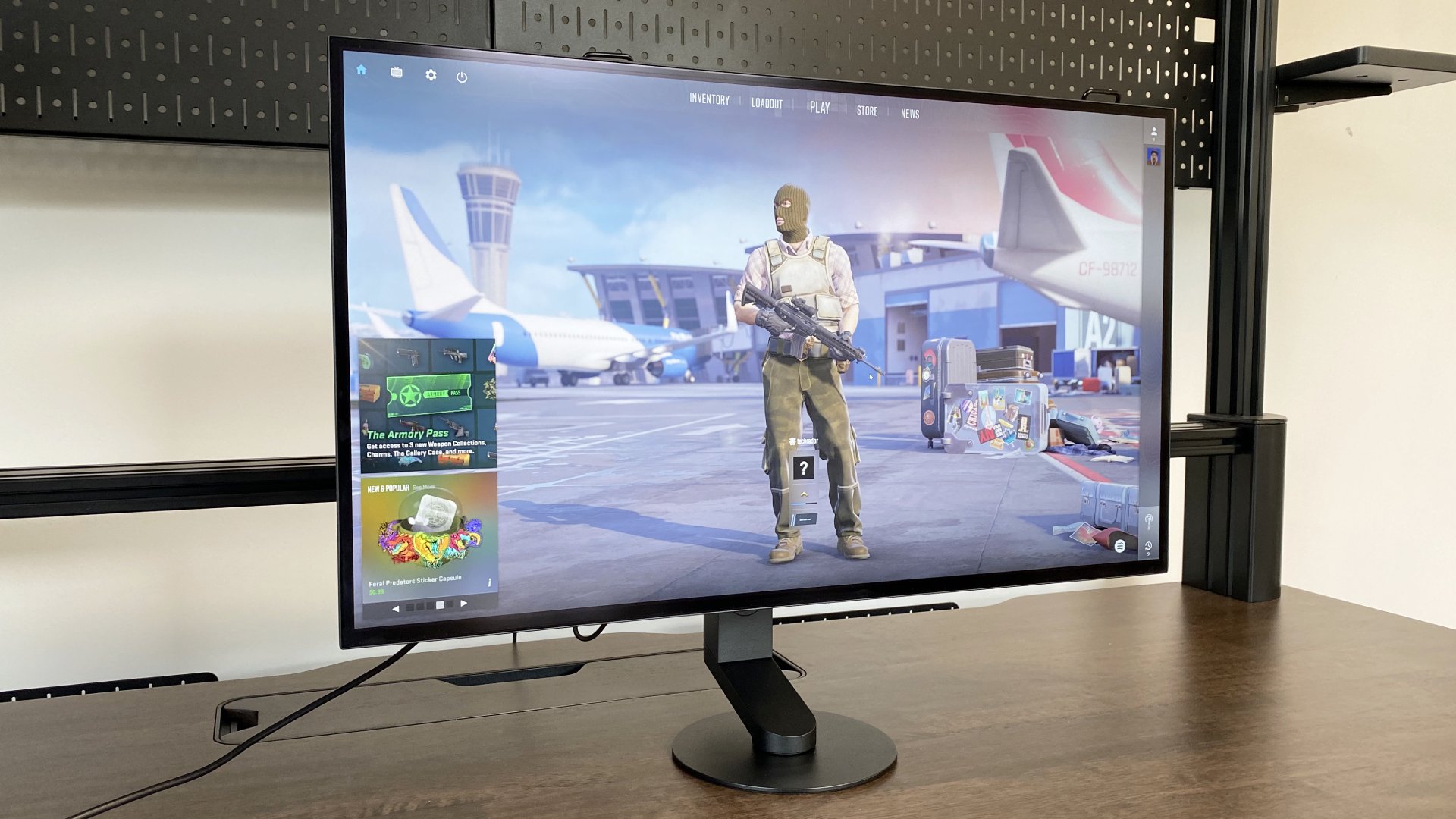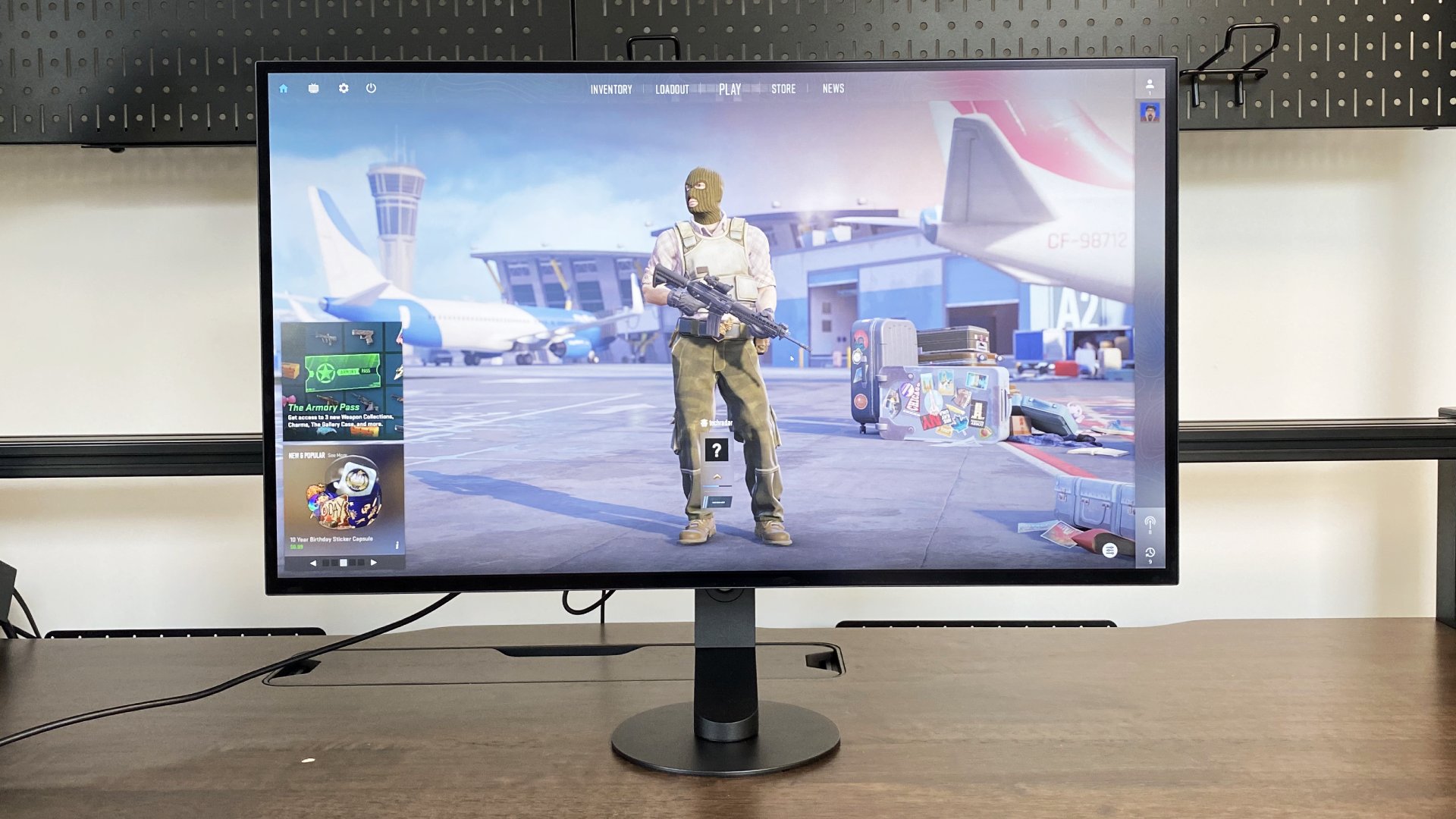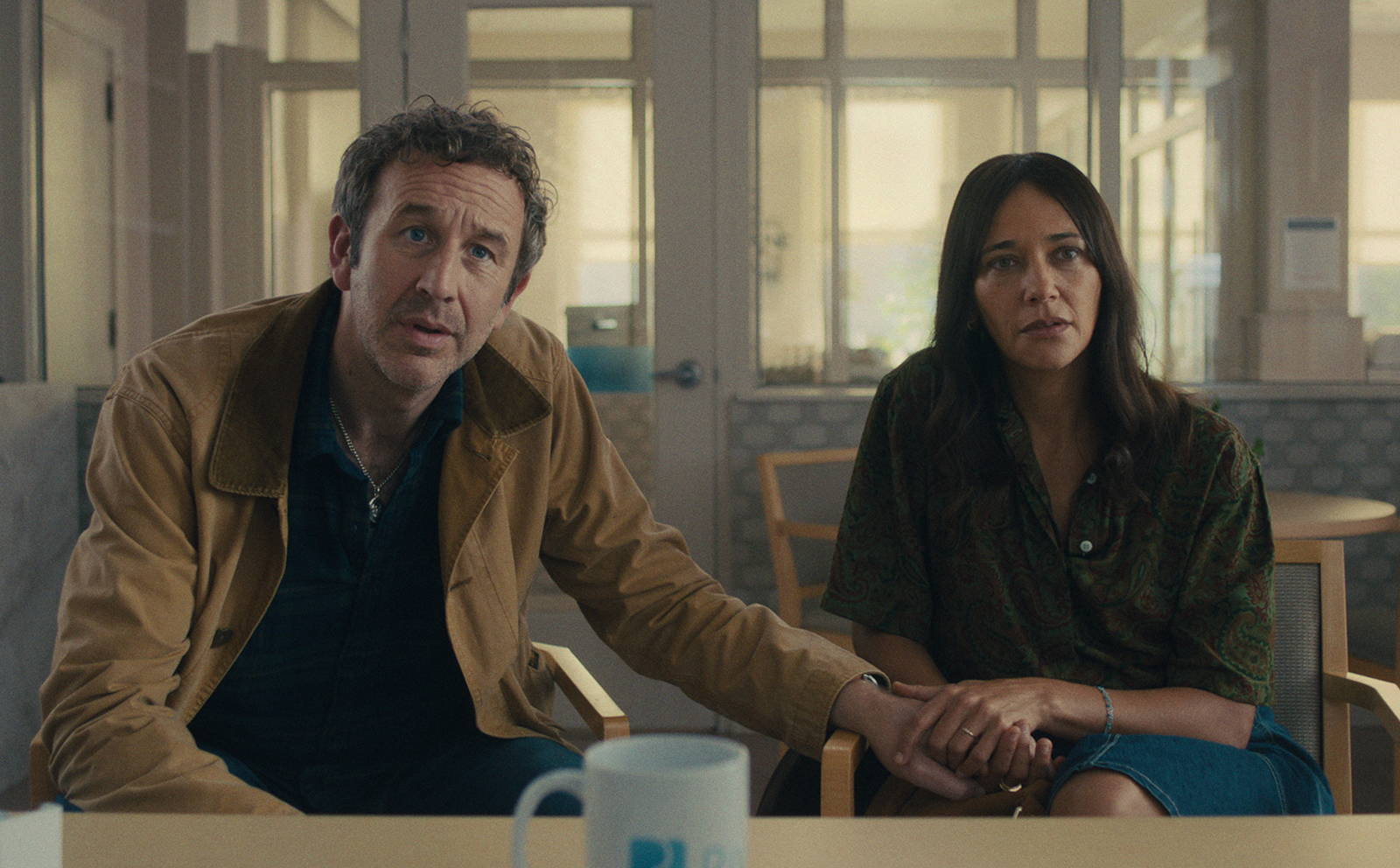Our Verdict
Is there a point at which a 27-inch 1440p panel, no matter how good, becomes to pricey? Sony's new WOLED is absolutely excellent, but it's probably the wrong side of that line.
For
- Stunning WOLED panel
- Outrageously fast
- Lovely design and engineering
Against
- Merely 1440p
- No USB-C
- All the money in the world
PC Gamer's got your back
Eleven hundred dollars for a 1440p panel? Eleven hundred? Dollars? Really? Yes, really. May we present the Sony INZONE M10S, Sony's foray into the crowded 27-inch gaming OLED segment.
In typical Sony style, this monitor adopts stratospheric market positioning courtesy of the same LG-sourced 480 Hz WOLED panel as the Asus ROG Swift PG27AQDP. It's the latest OLED technology from LG with Micro Lens Array enhancement. So, it's as punchy as they come with 275 nit full-screen SDR brightness and up to 1,300 nits HDR in a small window.
It's also faster and even more expensive than the 360Hz 27-inch Alienware AW2725DF we covered recently. Other specifications are as you would expect from a cutting-edge OLED gaming screen. Colour coverage comes in at 98.5% of DCI-P3, for instance. Then there's the pixel response. It's rated at a ridiculously fleeting, if now familiar for this class of display, 0.03ms.
Combined with that turbo-charged 480 Hz refresh you have the makings of a rather nippy gaming display. That is, of course, the whole point of the Sony INZONE M10S. The latest member of its INZONE lineup of "elite-level gaming gear", Sony says the M10S has been developed in collaboration with the professional Valorant and Apex Legends players in the Fnatic esports team, with optimal online shooter performance being the number one priority.
That extends to a "tournament-compliant" 24.5-inch mode which operates at native 1332p resolution. You basically end up with black bars around the smaller 24.5-inch active area of the panel. Honestly, it's pretty unlikely you'd want to use it outside a tournament. Even then, serious tournaments typically provide standardised screens the contestants must all use. Still, it doesn't hurt to have the option.
Aside from speed, the Sony INZONE M10S's other major selling points are design and engineering. The aesthetics are slick and minimalist in general. The build quality is great, too, bar a very slightly wonky outer screen bezel. But it's the implausibly small stand base that caught our own Andy's attention recently.
To look at, you'd think the merest prod would have the Sony INZONE M10S toppling over its petite circular base. But it's actually very stable. The possible caveat would be that it probably won't work that well on anything but a very firm, flat surface. But that's most desks, right?

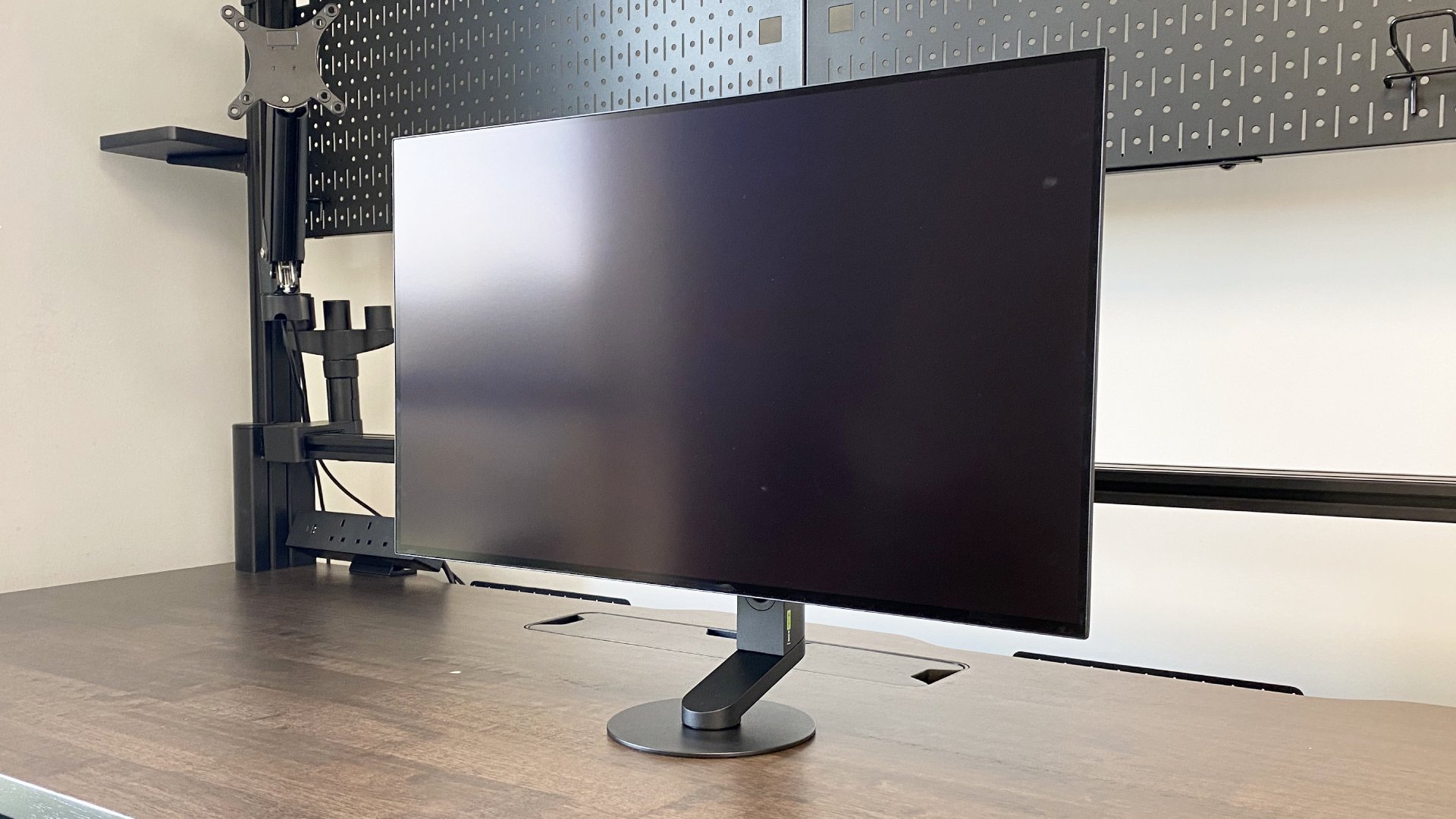
The eye-catching connectivity metric is surely DisplayPort 2.1 support.
The stand also offers tilt, height and swivel adjustment, but no pivot into portrait or even fractional pivot adjustment. The latter is a little bit of a pity, as our unit sat ever so slightly unevenly and the ability to trim that out is always welcome.
As for connectivity, you get a pair of HDMI 2.1 sockets and a USB-A hub, but no USB-C connectivity at all, which really is very stingy given the price point. Sure, USB-C doesn't cut it in terms of power delivery for a powerful gaming laptop. So that version of single-cable connectivity isn't a goer. But some users might like to connect both a gaming desktop and general-purpose laptop to this display, which is where USB-C would be very handy.
All that said, the eye-catching connectivity metric is surely DisplayPort 2.1 support. Not many displays support DP 2.1. Just as importantly, only AMD's latest Radeon RX 7000 GPUs support DP 2.1, which means no Nvidia GPU is currently compliant.
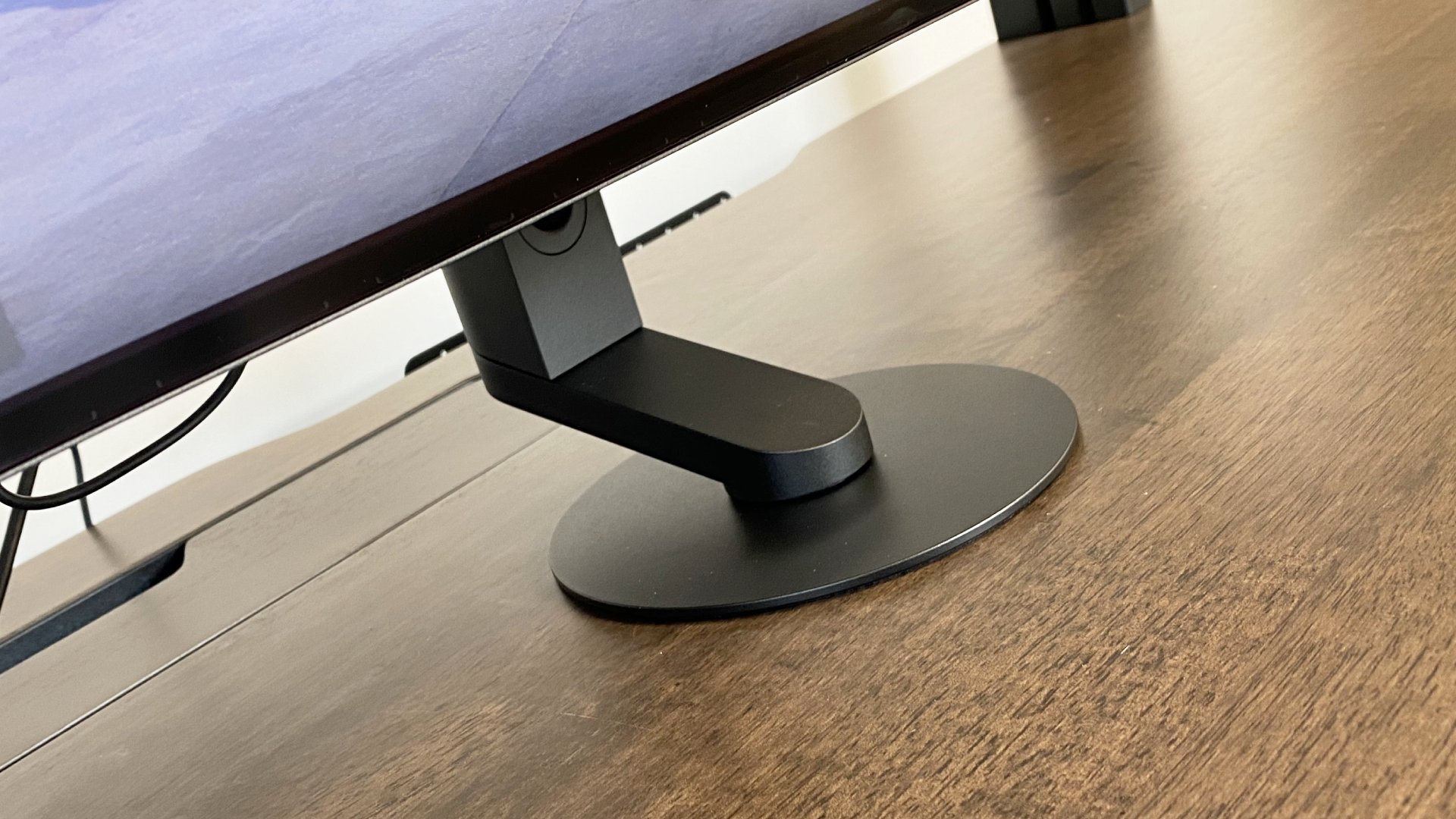
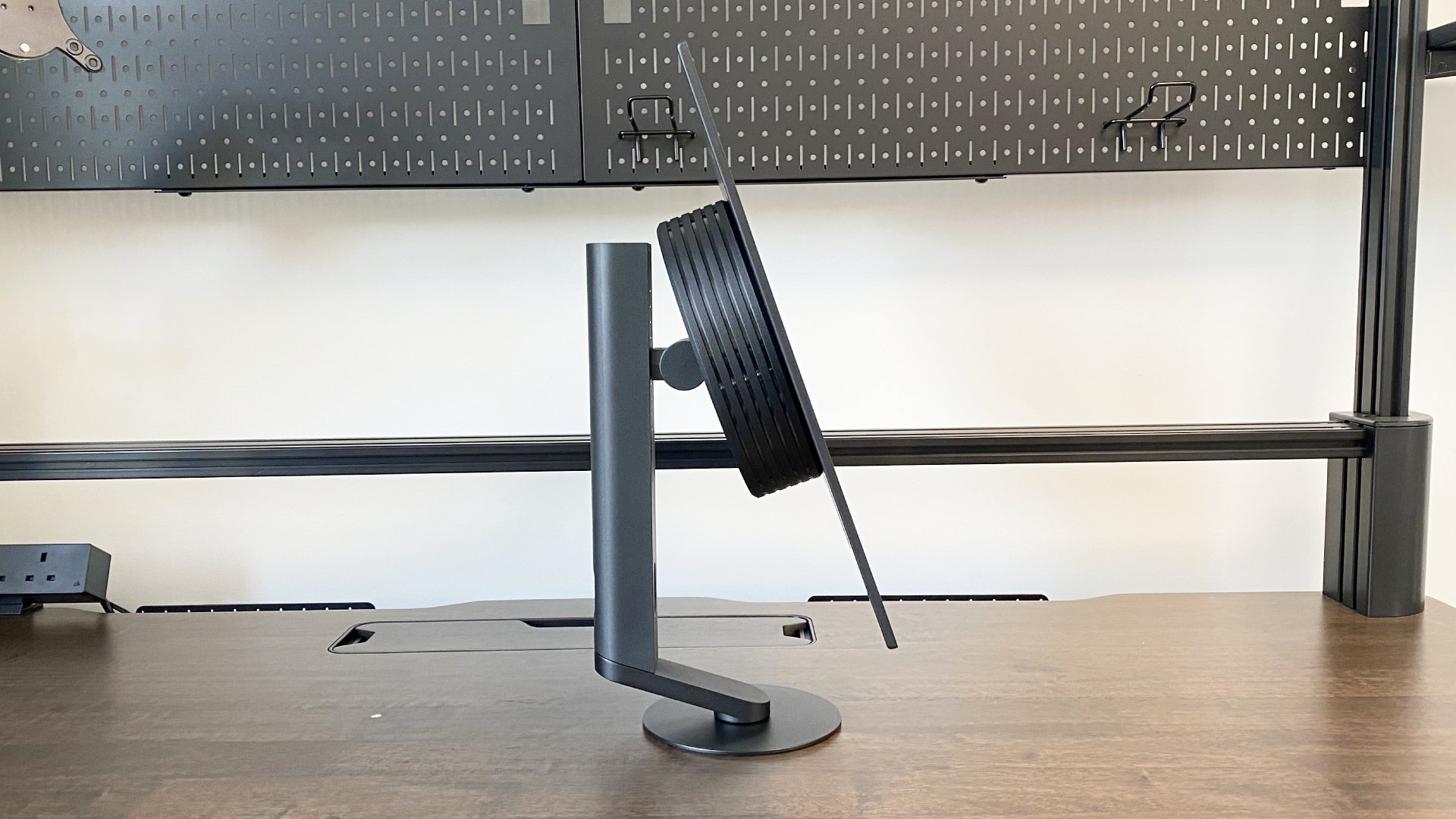
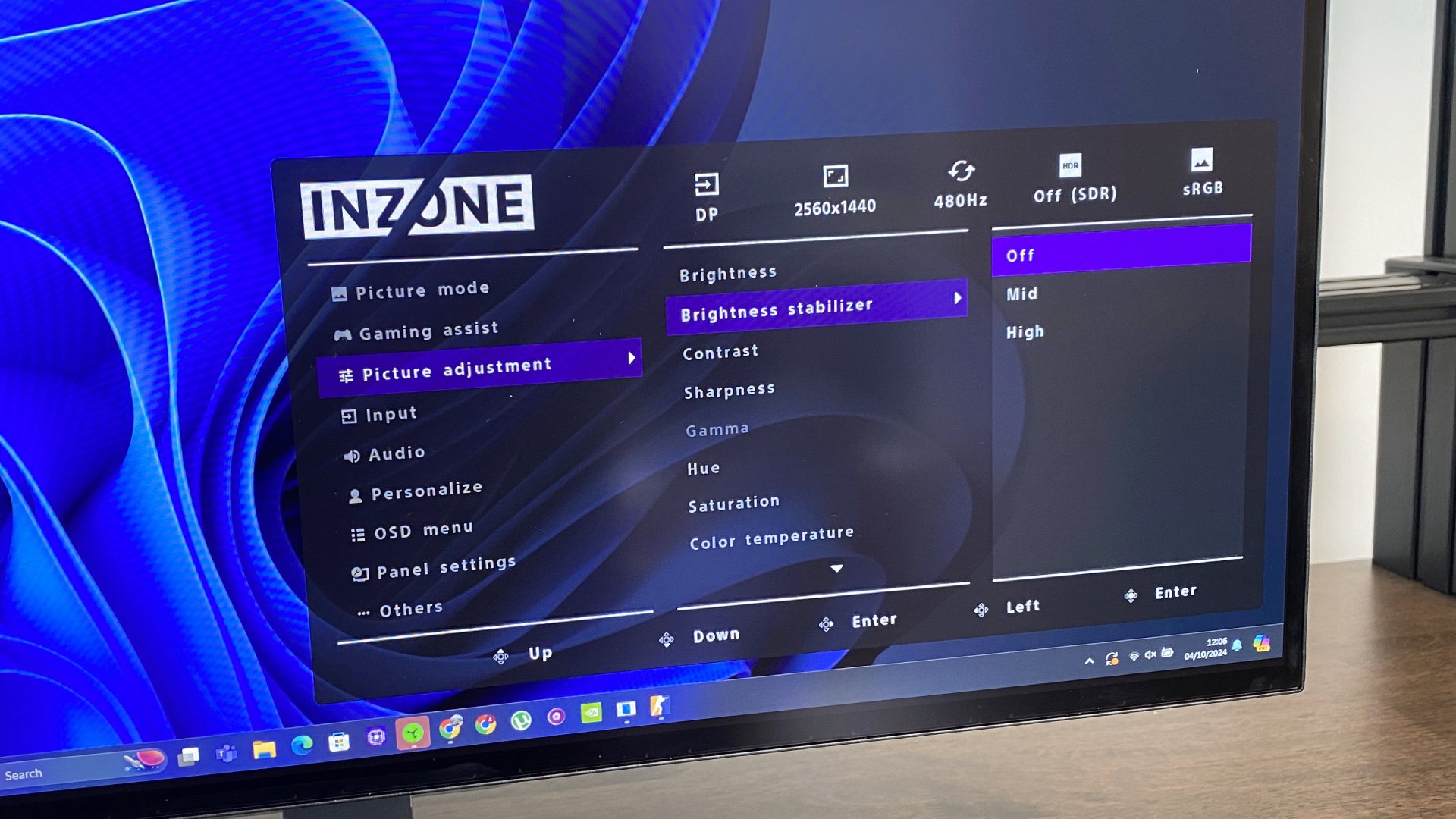
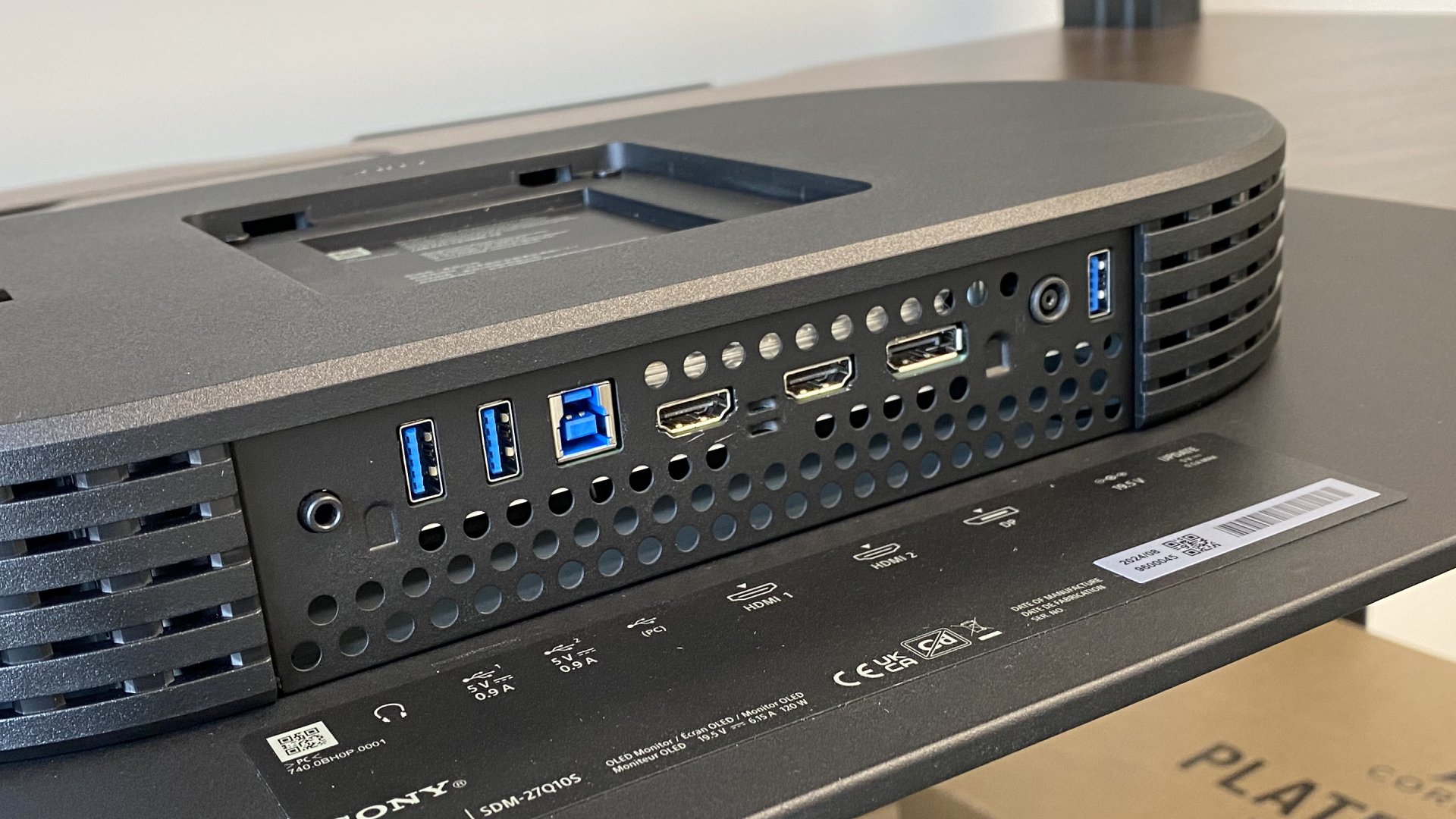


However, the Sony INZONE M10S only supports the base UHBR10 DP 2.1 spec, which translates into a peak 40 Gbps of bandwidth and 38.69 Gbps of usable bandwidth. That's well below the 80 Gbps and 77.37 Gbps of the top UHBR20 DP 2.1 spec.
Yup, DisplayPort now rivals USB for baffling bit-rate related spec tiers. The relevance of all this is that with the base DP 2.1 spec you do get more bandwidth than DP 1.4, but display stream compression or DSC is still required to hit the full 480 Hz. That will irritate a very, very small number of people for whom DSC is a technical demerit. For our money, it's fine. DSC is visually lossless and doesn't add latency. But for the record, it's in use here.
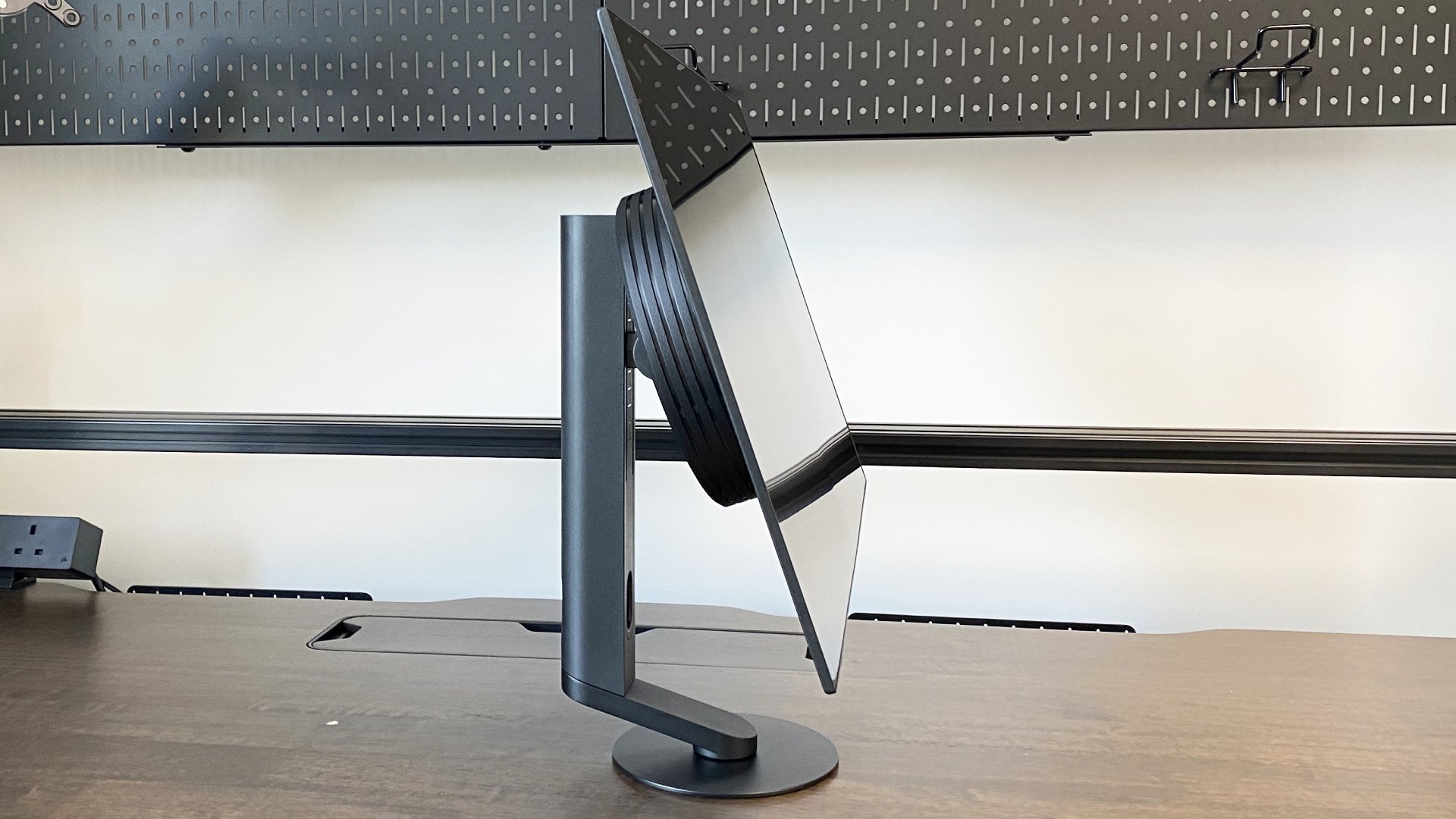
Speaking of going on the record, what of our overall impressions of this screen? Well, it has a matte anti-glare coating, which probably suits the esports remit but arguably attenuates the sense of eye-searing HDR sizzle by the slightest fraction.
More than anything, though, this WOLED wonder is just super quick. Even jiggling application windows around on the desktop it feels and looks preposterously slick. In game? Counter-Strike 2 is my multiplayer mayhem of choice and if I've seen it in sharper, clearer, lower latency rendition, I can't recall when.
In terms of pixel response and latency, the Sony INZONE M10S must represent something of an end game.
Put another way, in terms of pixel response and latency, the Sony INZONE M10S must represent something of an end-game, a point beyond which the returns are diminishing to the point of non-existence.
A pro-level gamer might have something to say about that. But is this really the kind of display serious esports aficionados would go for? Or would they default to a 24-inch TN panel with even higher refresh? And if the latter, who can justify this 1440p monitor's nosebleed-inducing price tag?
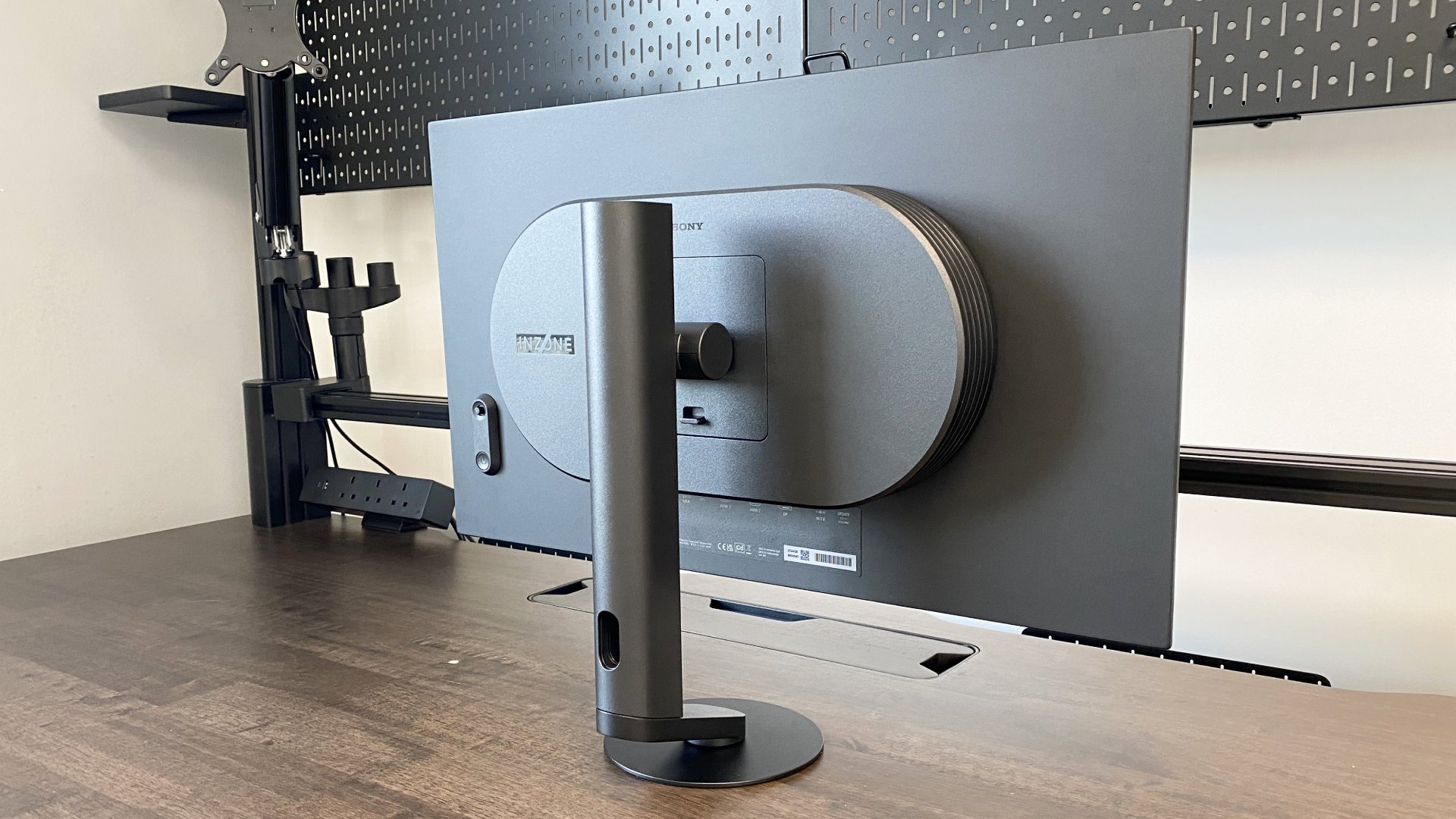
That's really the problem here. As a general gaming monitor, let alone an all-purpose work-and-play panel, does a 1440p model for over $1,000 make sense? Remember, the new LG UltraGear 32GS95UE, a 32-inch 240 Hz WOLED 4K model with an alternate 480 Hz 1080p mode, can be had for exactly the same money.
Perhaps you would prefer a 49-inch 5,120 by 1,440 OLED ultrawide for fully $200 less in the Gigabyte Aorus CO49DQ. Or really any of a number of other options that seem like a far better value proposition, like a 34-inch MSI 21:9 model for over $400 cheaper. Ouch.
✅ You want an uber-fast 1440p panel: 480 Hz and 0.03 ms is a killer FPS combo.
❌ You want value for money: At this price point, you can get miles more monitor for your money.
You can check out the rest of the alternatives on our gaming monitor deal page, but this Sony really is a hard sell. Arguably, then, how it performs outside of games almost seems academic. But the calibration in sRGB mode is really lovely, with plenty of pop provided you disable the automatic brightness limiter.
HDR content positively zings, too, though the SDR colour calibration in HDR mode is pretty obviously overstaturated. That means you realistically have to manually toggle SDR or HDR mode depending on content type. Pity. And, of course, the basic 27-inch 1440p spec means that pixel density, visual sharpness, font rendering and desktop space are all distinctly ordinary.
All of which means that the Sony INZONE M10S is an absolutely stupendous example of the 27-inch 1440p gaming monitor breed. If it's a 27-inch 1440p panel you desire at any cost and above all other alternatives, this Sony should be near the top of your shortlist. But if you want the best overall gaming experience that can be had for in excess of $1,000, there are far more impactful and multi-talented options available.
Is there a point at which a 27-inch 1440p panel, no matter how good, becomes to pricey? Sony's new WOLED is absolutely excellent, but it's probably the wrong side of that line.

Jeremy has been writing about technology and PCs since the 90nm Netburst era (Google it!) and enjoys nothing more than a serious dissertation on the finer points of monitor input lag and overshoot followed by a forensic examination of advanced lithography. Or maybe he just likes machines that go “ping!” He also has a thing for tennis and cars.
